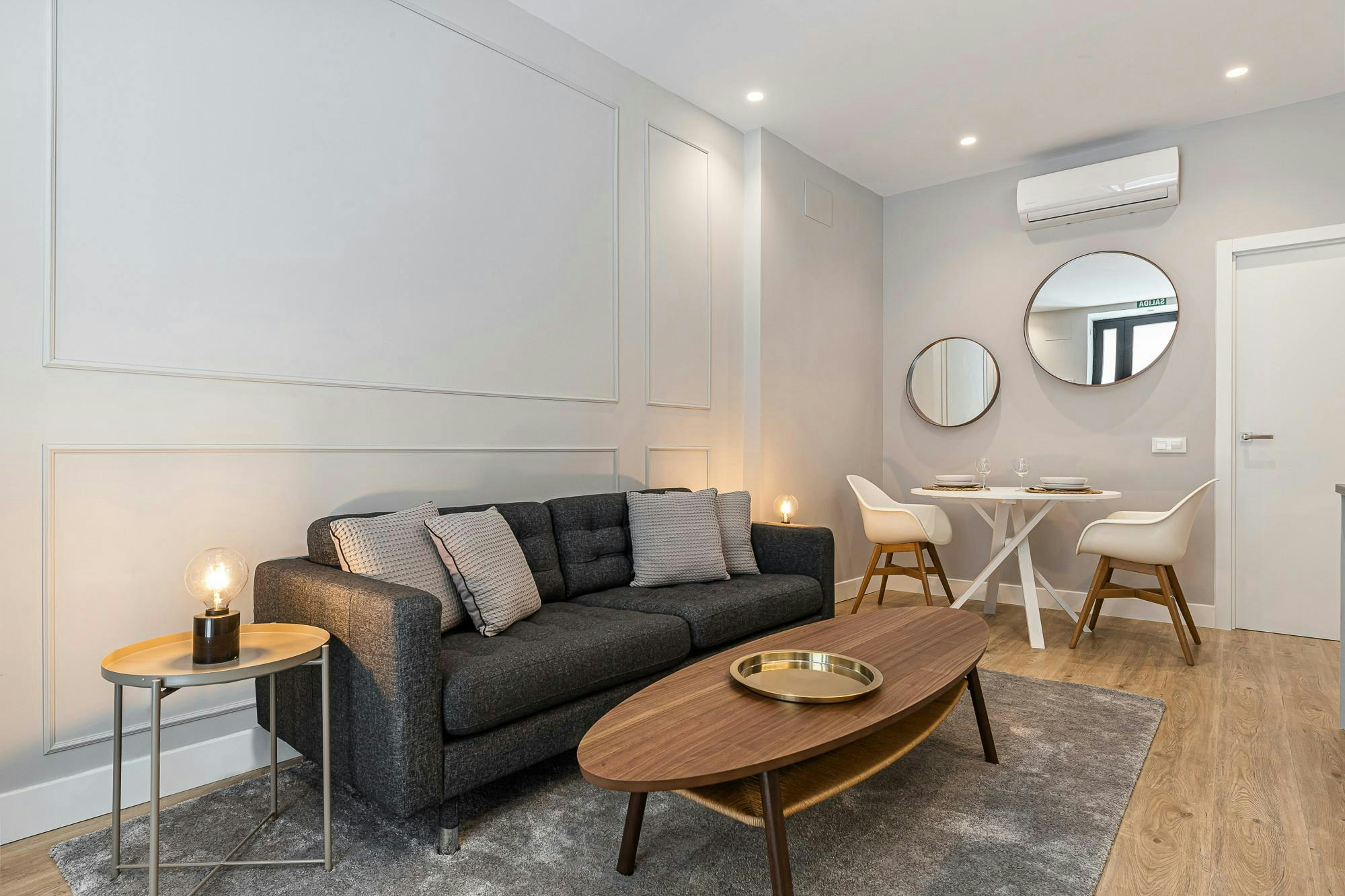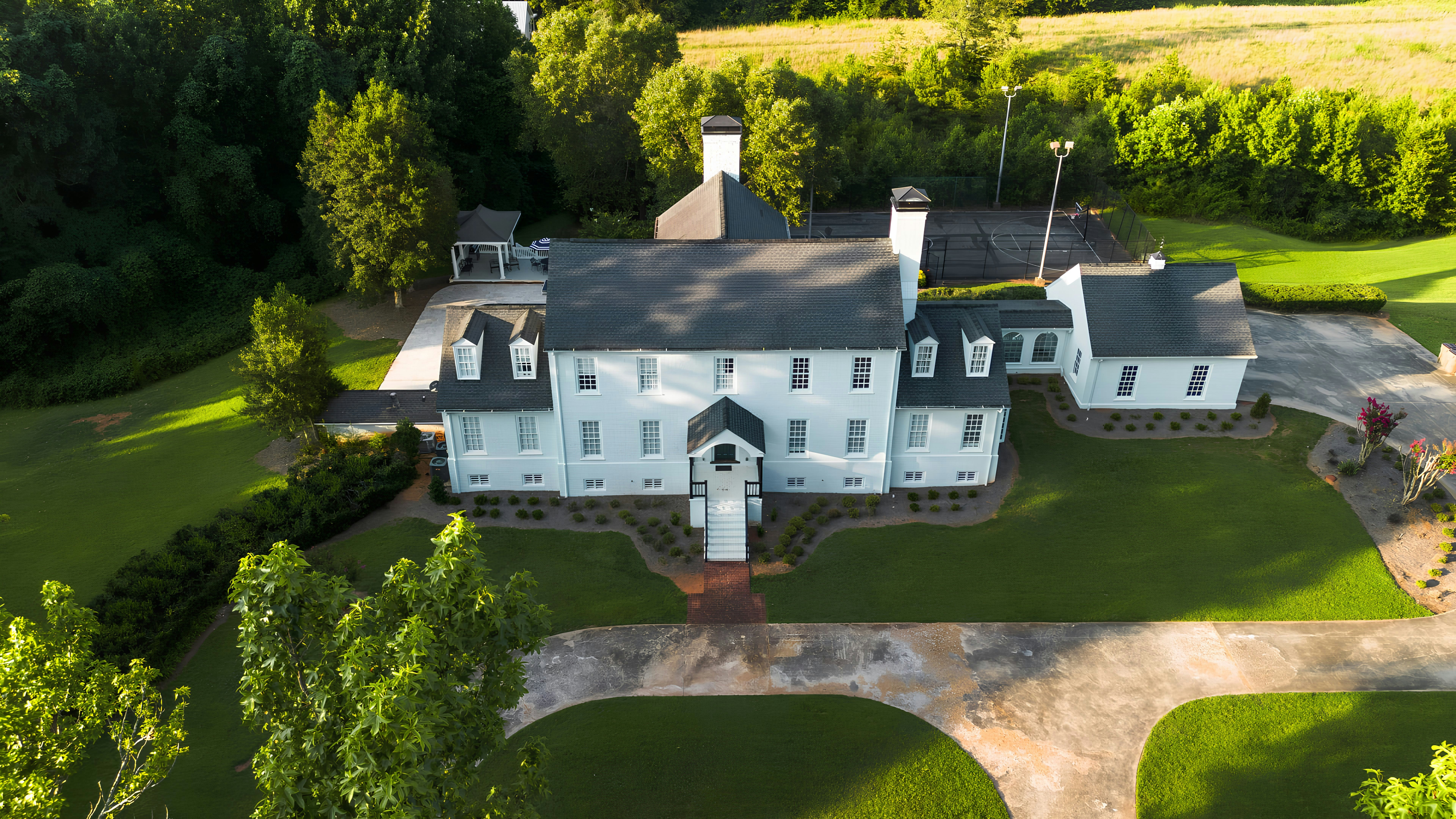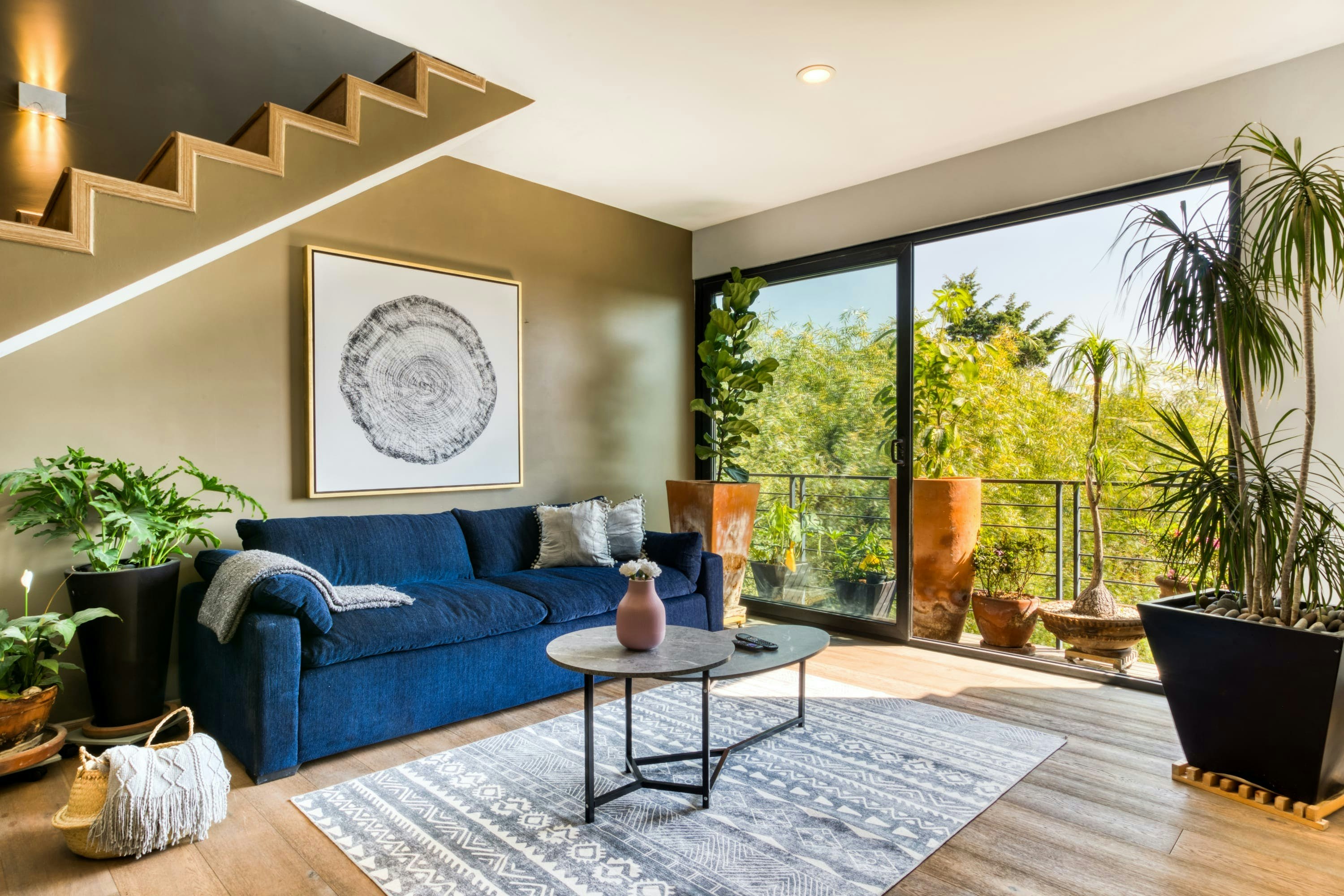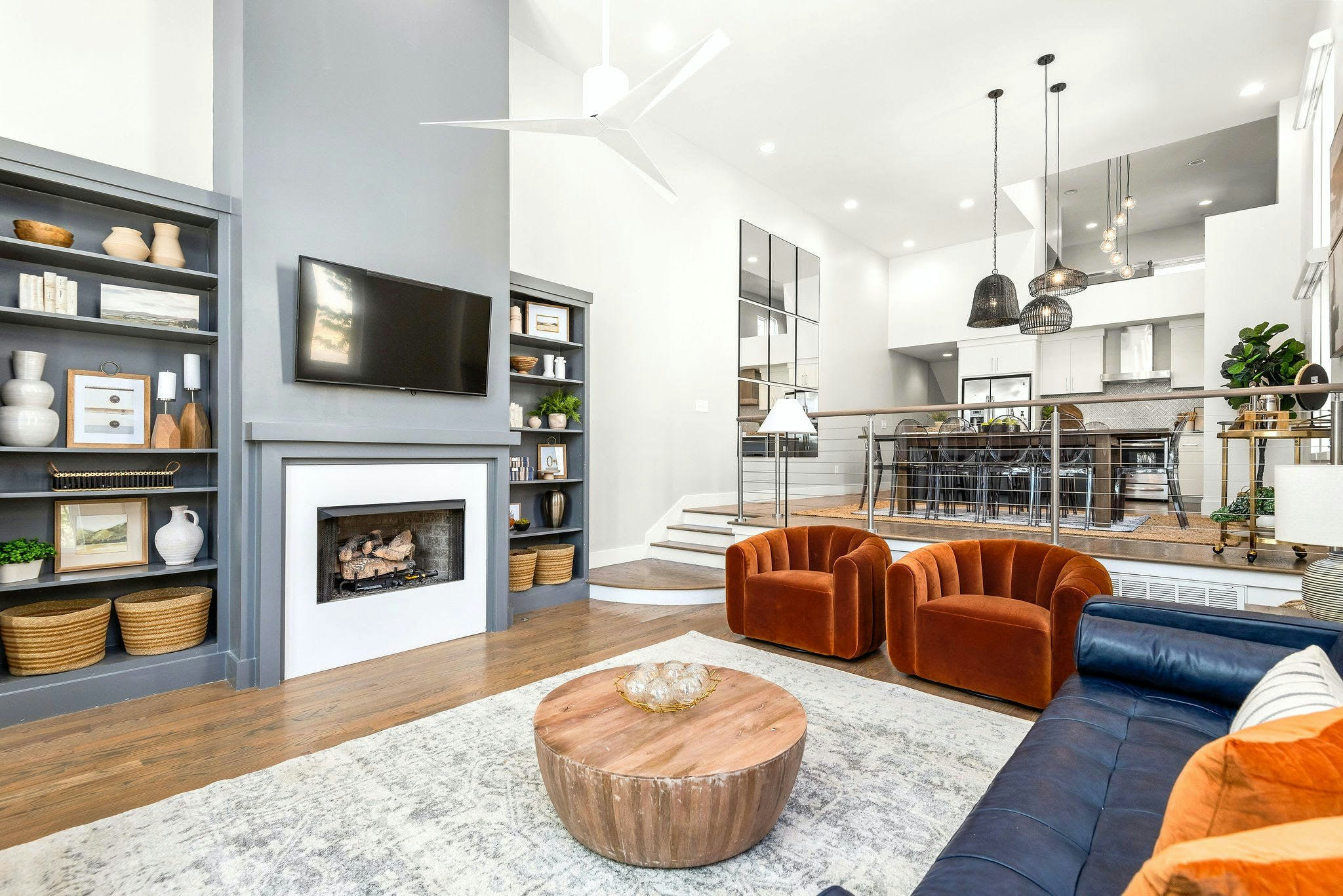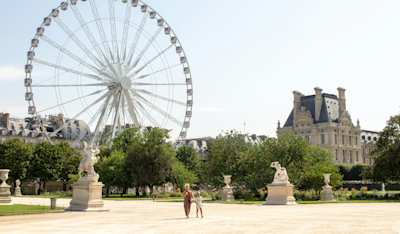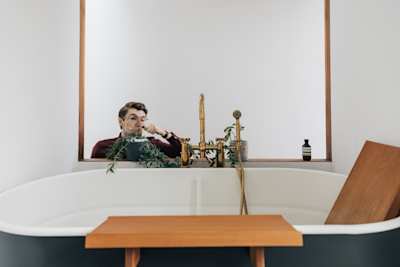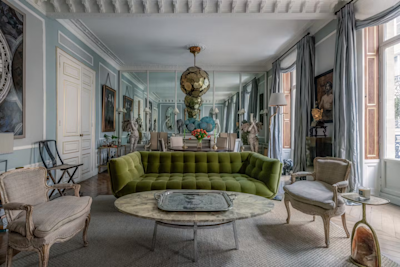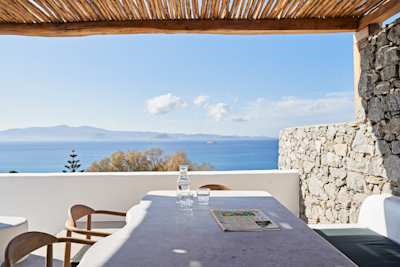Creative Conversations: Plum Guide meets Lonika Chande
We're catching up with the West London-based interior designer to discuss the ways in which homes tell a story, why being mindful of period features and architecture is so important and more
~
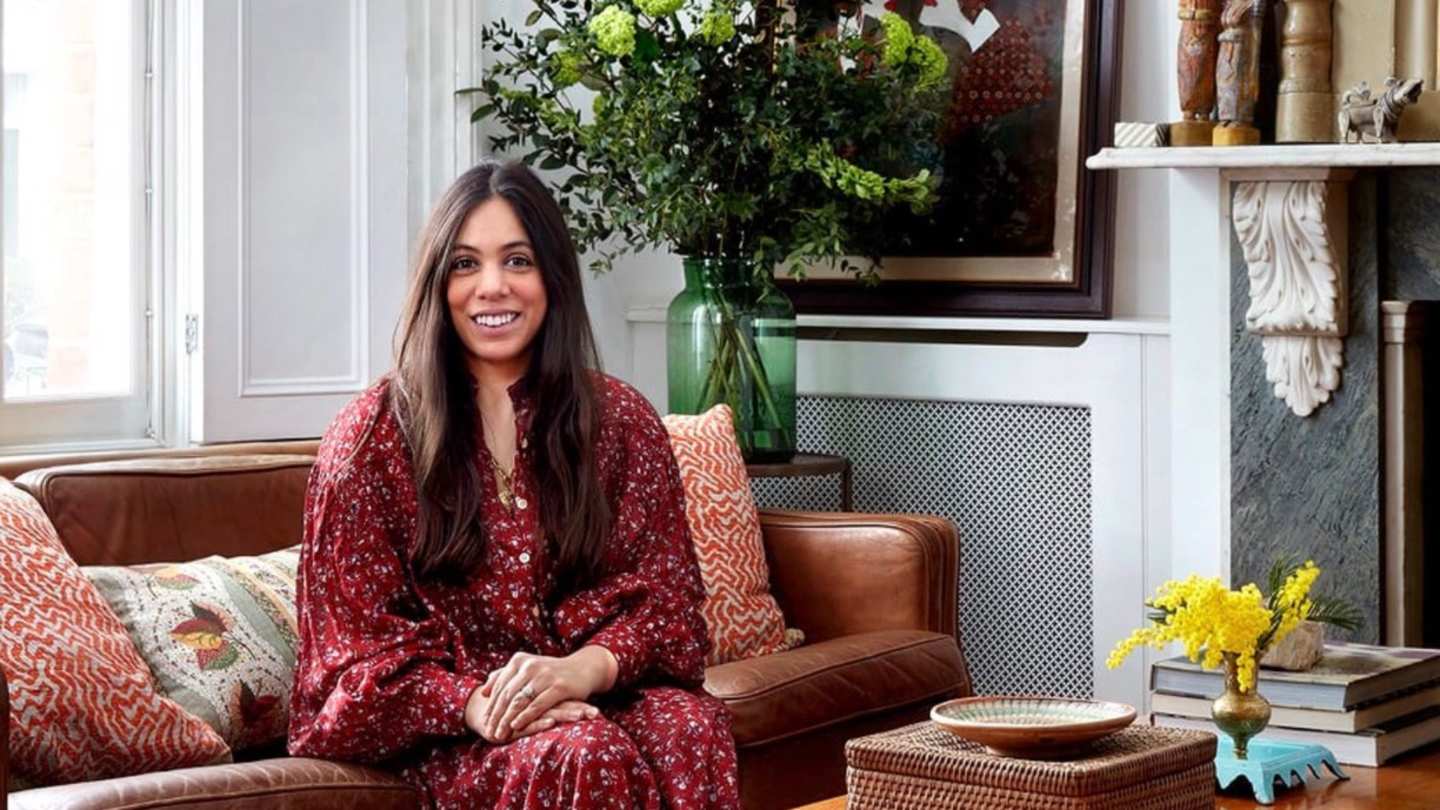
We're catching up with West London-based interior designer, Lonika Chande to discuss the ways in which homes tell a story, why being mindful of period features and architecture is so important and more.
What element of interior design do you enjoy most?
The whole thing is quite full on at points, but it’s when it all starts to come together and you get to site and you see it in its final form – I find that the most incredibly rewarding part of it. There’s just this huge sense of job satisfaction when you’ve created a home for someone that works specifically for them and all of their family and it’s something that they love. That’s the most rewarding part – it’s changing the way people live.
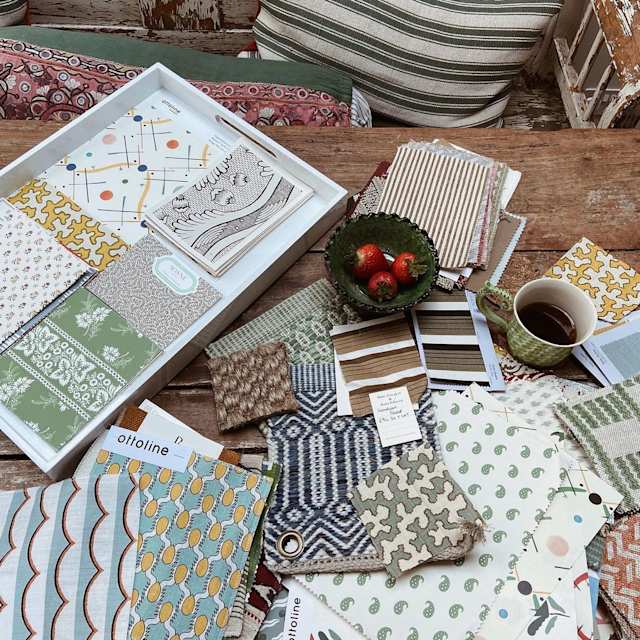
One of the most rewarding things about interior design for Lonika is creating something the homemaker and their family really love
How would you describe the style of your own home?
We moved out of our home two weeks ago so we’ve downsized into a small rental for a bit. But normally, I would say it was very warm, colourful and relaxed and, I hope, inviting – we have a lot of friends around. I want all my interiors to feel inviting so it’s really at the front of how I design spaces. I want them to feel like they have come together over time, like they’ve evolved. So, it’s about mixing different fabrics and pieces from trips, or bits that have been handed down, or things that were my children’s, things like that. That's what makes home home. But also with the backdrop of colour and warmth from fabrics, textures and colours. Moving into this rental that was really tired and run down, getting our pictures up on the walls was the first thing I did. I took a day off work and got rid of all the boxes and started getting all of our pictures out, and it’s made such a difference for us and for the kids. It’s that feeling of warmth and having those things you love around you.
In what ways do you consider the architecture of the building when conceptualising the interior design of a home?
It’s always something I consider, something to be aware of and respectful of. If there are period features that you can retain or restore, then, in my book, a space feels all the better for it. I would say at least a nod to those original features, even if you have to strip some out. You might need to take out a fireplace, but if you can reuse that elsewhere it’s always nice. And I think a space always sits better for it. For example, in our home we are going to be moving into next year – we’ve still got to do quite a bit of work – all the windows are rotten, but we’ve got this lovely stained glass door but the wood surround and frame are gone. So we’re hopefully going to reuse all the glass and reinstall it in a door elsewhere.
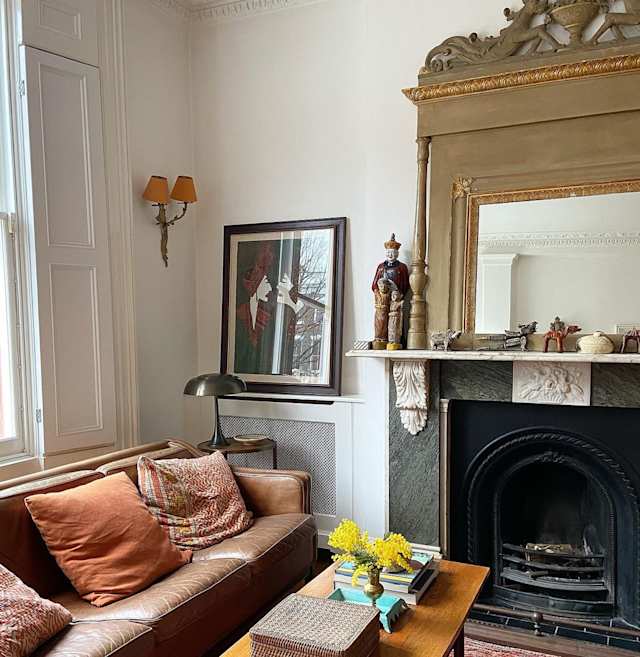
The architecture of a home is always something to consider when designing the interiors
Your design philosophy focuses on homes telling a story. Do you look at each room as a separate story, or do they all play a part in one combined narrative?
I think it depends. Generally, there’s probably a common thread throughout and the way I design with colour, there’s definitely flow between one room and another and how the spaces look alongside each other. If you've got doors open or there’s no doors, I think that’s very important. But what I would say is that there’s often one particular item or feature in any given room that dictates the main story. That could be an antique cushion or a particular colour on some joinery, or an artwork that’s particularly special to the person who lives there, and you pick that out and that then becomes the story. But I there’s a general sense of flow and ease between spaces in a home. I think what is important to say is that the spaces I design tell the story of those that live there – it’s not about the design. Obviously there is that element of going to someone for the way they design things, but it’s about the people themselves and what they love, what they’ve collected…

There's often one main feature, like an artwork, that plays a central part in telling the story of a room or space
What has been your favourite project to date?
This is quite a tricky one for me. Each project has its treasured bits that you’ve really enjoyed doing, whether it’s on the interior architecture side, some lovely panelling or whether it’s an amazing location. But I would say my favourite projects are getting to the more mini projects I do alongside, my mini personal projects. My kids’ nurseries because they’re done with so much love and so much fun. It’s treasured things that mean a lot to them and to us, and it’s vintage finds that we’ve picked up over the years or have been given. So it’s those mini personal projects that are always the best, but obviously with clients there are elements of each project that have been fantastic. I had one client last year who was completely on my page in terms of colour and amazing fabrics, we got to use some beautiful fabrics and that was really fun. So I think there are elements of each project that are fabulous, and a lot of it is still spreadsheets and that side of things as well so it’s just those little fun bits in each. I think interior design can sometimes get a bad rap, and I think when clients just trust you to run with things, that always makes for the best projects.
Tell us the story behind a favourite item in your home
There’s probably one, which we’ve actually got up in this place in exactly the same place as we had it in our old home, and that’s a crewelwork embroidered bird in a red lacquer frame. It was embroidered by my great great aunt Hazel, and she passed it down to my Granny and it was then passed down to my Mum, and I was rooting around and found it there, and she very begrudgingly said that I could have it and so it’s now ours. And now it’s set me off on a bird – I hate the word but – theme in our bedroom. We have a bit of wall between the two windows so we have a series of three birds running down with that one in the middle. And all the colours – again, it’s the sense of using those colours to pick out pieces in the room. That actually came last in our room, but it happened to pick up on all the colours that were already in the room.
What makes a house a home, to you?
Ultimately I think it’s the people that live in the house that make it feel like a home. It’s the things that they’ve collected on their travels, and ideally a home is where everything has a place. So, a home within your home. A laundry basket, or chopping board, tumblers, glassware, towels… Everything should have a home that suits the inhabitants that live there, that works for you as the homemaker. It’s that sense of everything having its own little home within the home. And also it is fundamentally about the people that live there and their things.
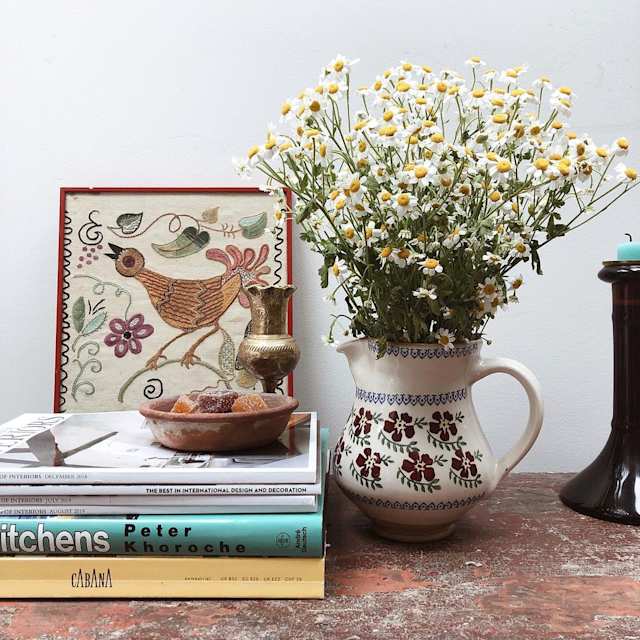
'Home' is a place where everything has its own little home within it, that suits the homemaker perfectly
Where is your home away from home?
My home away from home is my Mum’s cottage in Hampshire. It’s a really magical place down a lane with lovely fields and a garden. It’s just a really tranquil and lovely place to be. She’s just recently moved to Devon so we’re actually going next week and I can’t wait. So although Hampshire was my home from home, I wonder whether Devon will be the new home from home. I don’t know. It’s kind of where the people you love the most live and that obviously for us is my Mum and her family, so it probably will be where she is.
Who or what do you consider to be an arbiter of style?
This is a really difficult one, because there are so many people that I admire and places that I love. There’s somewhere where I haven't visited before like Charleston that I would love to go to from an interiors point of view and style inspiration. I would say who do I consider an arbiter of style – probably my son. He has a better wardrobe than me. Lots of high tops and dungarees and things. He’s got good style. He always wears his cap backwards. My mum, again, she wears a boiler suit with slippers or something, rocking that look. I think you pick up bits from everyone that you love. All my friends, all the people I love are stylish in their own way.
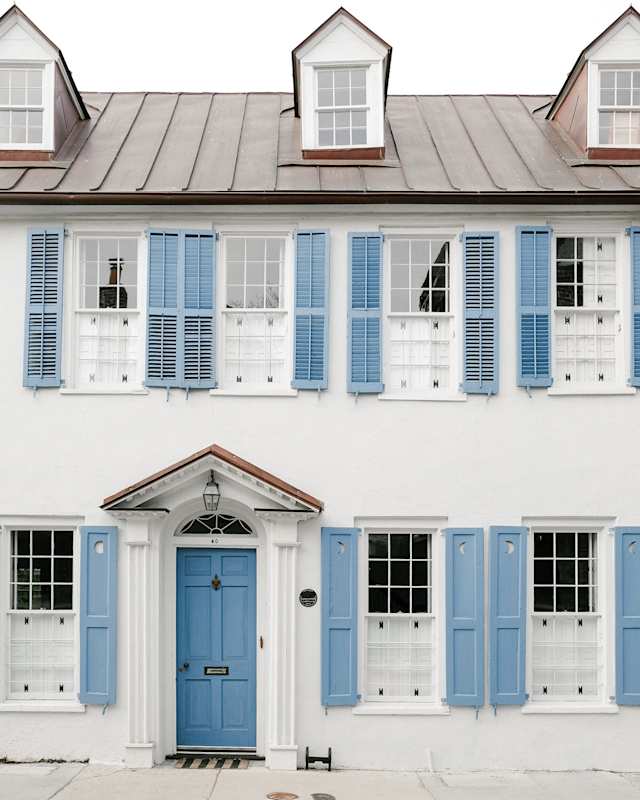
In terms of places, Charleston is somewhere Lonika really admires for its style
For the Plum Guide ‘Perfect Stay’ home test, we collaborate with experts from different fields — from psychologists and hospitality experts to architects and interior designers — to identify the ingredients a holiday home needs in order to deliver a perfect stay. If you were designing a test or set of criteria for the perfect holiday home, what ingredient(s) would you specify as essential for the perfect stay?
I would say, and this feeds into interiors, good lighting. So lots of lamps, spaces for candle-lit dinners, rainy afternoons to play board games and things like that, particularly if you are in the UK. Often when holiday homes do have that – if you rent a holiday home you’re generally there in the evening so good lighting is key, and fundamental in interiors as well. The bed is definitely one of the most important things – a comfortable mattress and pillows, really decent bedding, always, a well dressed bed. So often, you go to a holiday home and the mattresses, particularly in Europe, are not the most comfortable so when they are comfy, it’s amazing. I think a well-equipped kitchen is important too. Often you go away and there’s not enough glasses or cutlery for the amount of people staying. So I think being mindful of that is key. And little touches like condiments – oil you can use, an honesty bar, local treats and titbits when you arrive...
Also, heating that works easily. In the UK, there’s nothing worse than being cold. Actually, when I was first going out with my husband, we went to a hotel in UK and it was a real treat for us. We stayed in this beautifully designed outhouse with a roll top bath and the full works, but the underfloor heating stopped working and it was then a miserable night and actually clouded the whole weekend. My husband still mentions it now. So I think that is key, and having things that are easy for guests to use. And when you go there and they have a guide of local things to do. You’ve probably already done your research but it’s really nice when someone has taken the time to do that. An idea of somewhere to eat, and where to shop for food when you’re there. Food is one of the main things for us when we go away.
